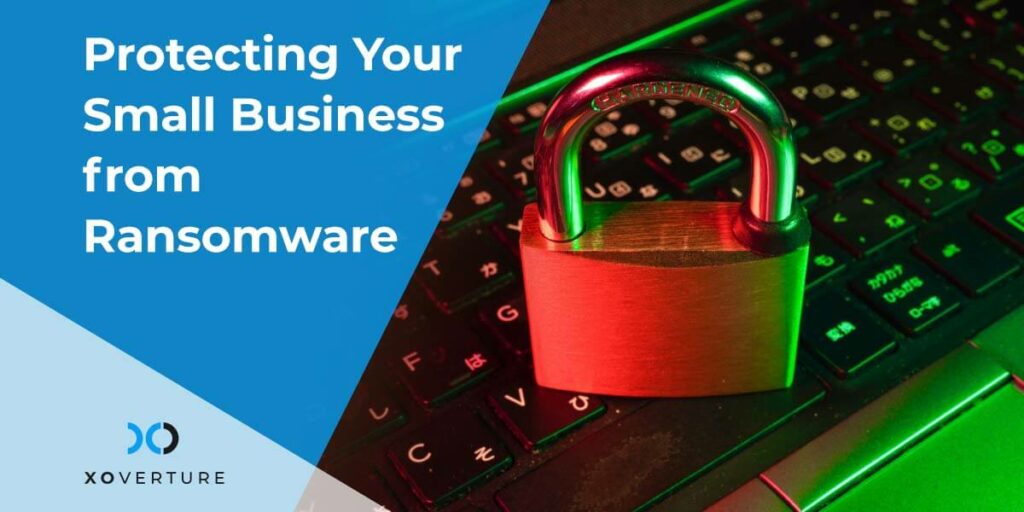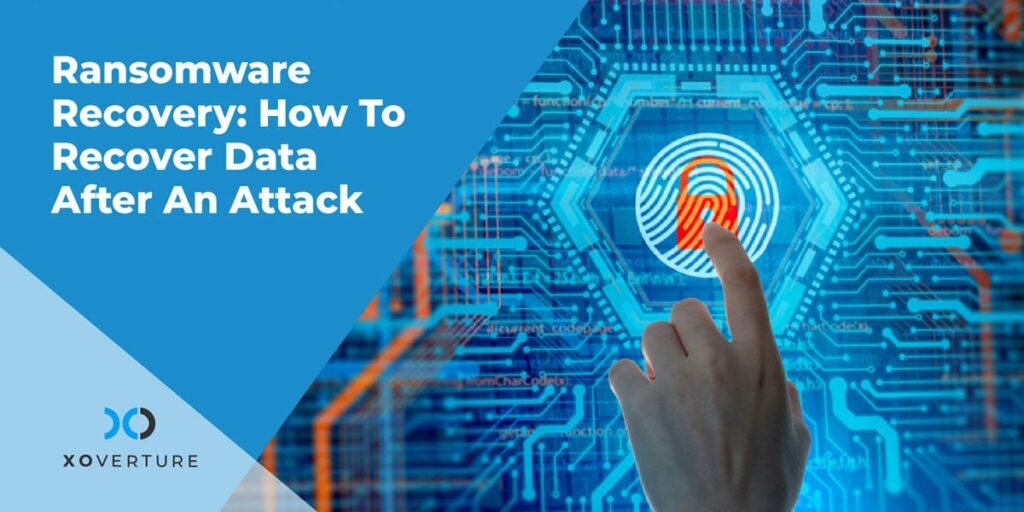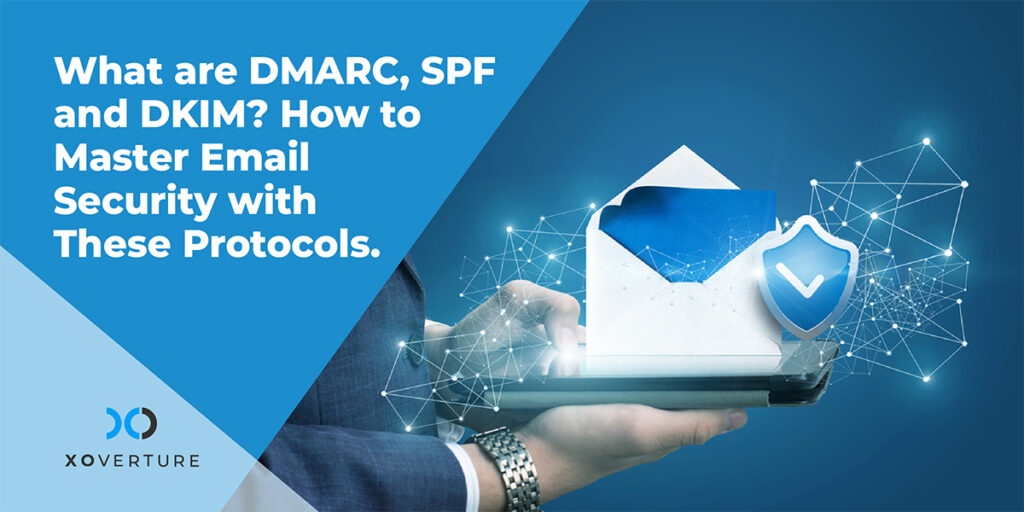What Is Ransomware?
Ransomware is a form of malware that blocks or restricts users’ access to their computer by locking the screen or encrypting their files before a ransom is paid. Current ransomware families, collectively known as cryptoransomware, encrypt certain file types on compromised devices and demand that users pay a ransom using such online payment mechanisms in order to receive a decryption key.
There are many ways for ransomware to gain access to a server. Phishing spam — attachments sent to the victim in an email that appears to be a file they should trust — is one of the most common delivery systems. They can take over the victim’s machine after they’ve been downloaded and accessed, particularly if they have built-in social engineering tools that trick users into granting administrative access. Other, more aggressive malware, such as NotPetya, takes advantage of security flaws to infect machines without the need to fool users.
How Prominent Is Ransomware?
If you follow the news at all, you’re probably already aware of how big a threat ransomware is to businesses around the world. In one high-profile incident in May 2021, the DarkSide ransomware gang shut down a major oil pipeline and extracted a payment of $5 million from Colonial Pipeline.
What you may not be aware of is that ransomware actually targets small businesses more often than large businesses. According to US Secretary of Homeland Security Alejandro Mayorkas, US businesses paid a total of $350 million in ransoms in 2020, and between half to three-fourths of all ransomware attacks target small businesses. He also reported that ransomware attacks increased 300% overall over the last year.
A separate survey found that 46% of small businesses have been victims of ransomware attacks, with most paying between $10,000-$50,000 to retrieve their data, and some paying over $100,000.
Let me be clear: ransomware now poses a national security threat. Last fall, CISA [the Cybersecurity and Infrastructure Security Agency] and its government partners issued a joint alert warning of increased ransomware attacks that could paralyze hospitals and other health care facilities. There are actors out there who maliciously use ransomware during an unprecedented and ongoing global pandemic, disrupting hospitals as hundreds of thousands die. This should shock everyone’s conscience. – Alejandro Mayorkas, Secretary of Homeland Security
What Types of Ransomware Are There?
The severity of ransomware’s danger is determined by the virus’s version. The first thing to remember is that ransomware is divided into two types: locker ransomware and crypto ransomware. These are distinguishable in the following ways:
- Basic computer functionalities are harmed by the Locker ransomware.
- Individual files are encrypted by crypto ransomware.
When it comes to recognizing and dealing with ransomware, the type of virus makes a big impact. There are countless more varieties of ransomware that are differentiated within the two primary groups. Locky, WannaCry, and Bad Rabbit are just a few examples.
How to Protect Your Business
Businesses are growing increasingly reliant on data-driven networks as technology advances, allowing cyber thieves the opportunity to target nearly any company and hold its essential networks hostage. In order to defend their systems, all firms should be proactive. Because ransomware is so devious and successful once it has invaded your system, the best way to defend against it is to be proactive.
The following are some tips and tactics or first lines of defense recommended by cyber experts to help protect your business:
Educating Your Employees
First and foremost, you must educate yourself in order to safeguard your company against ransomware. It’s vital that your employees understand what ransomware is and how dangerous it may be. Provide concrete instances of suspicious emails to your staff, along with explicit instructions on what to do if they come across a possible ransomware trap (i.e., don’t open attachments, if you see anything, say something, etc.).
Conduct formal training twice a year to educate employees on the dangers of ransomware and other cyber threats. When new employees join the team, send them an email to keep them informed on cybersecurity best practices. It is critical to ensure that the message is clearly delivered to everyone in the company, rather than being passed about by word of mouth. Finally, whenever new ransomware emerges or evolves, keep your team informed.
Security Measures
To safeguard against ransomware and other threats, antivirus software should be regarded as a must-have for each organization. In order to safeguard against newly detected dangers, make sure your security software is up to date as well. To reduce vulnerabilities, keep all business programs patched and updated.
Ransomware-specific functionality is available in certain antivirus software. For example, Sophos provides technology that monitors computers for malicious activity such as file extension or registry modifications. When ransomware is found, the program can prevent it and notify users.
Because ransomware is continually changing, even the most sophisticated security tools may be compromised. This is why, in the event of infection, organizations must have a supplementary layer of security in place: backup.
Backups
Modern complete data protection systems, such as Datto, provide a sequence of recovery points by taking snapshot-based, incremental backups as frequently as every five minutes. If your company is the victim of a ransomware attack, this technology allows you to restore your data to a point before it was corrupted. When it comes to ransomware, this has two advantages. To begin, you do not need to pay the ransom to recover your data. Second, because you’re restoring to a period before the ransomware attacked your computers, you can be confident that everything is clean and that the infection won’t resurface.
Furthermore, some data protection software now allows users to execute apps from image-based virtual machine backups. “Recovery-in-place” or “instant recovery” are terms used to describe this capacity. This technology can also help you recover from a ransomware attack since it lets you keep running while your essential systems are being restored with little downtime. Instant Virtualization is Datto’s version of this time-saving technology, which virtualizes computers locally or remotely in a secure cloud in seconds. When calamity hits, our solution guarantees that enterprises remain operational.
Expert Measures
Having a strategy and implementing it, whether to avert an attack, stop a current assault, or recover from an assault, is the key to protecting your organization against ransomware. It’s critical to be able to assess the scope of an assault, respond promptly, and safeguard any equipment that has escaped penetration. Isolating contaminated technology will aid in limiting the scope of an assault. After you’ve completed the preceding procedures, you may carefully restore from offline backups while upgrading and patching computers in the areas where they’re susceptible.
It’s all about having a plan to safeguard your company against ransomware. Any security compromise must be reported to law enforcement. During an invasion, management can notify the FBI, and a police complaint may be made afterwards. The FBI cautions against paying a ransom since there is never an assurance that your data will be restored.
Endpoint solutions are also critical in both protecting against an attack and delivering the counterattack needed to thwart malicious attempts. Without regard to location, bandwidth, or connection, solutions should enable you to locate, patch, and report on all endpoints. Regardless of the operating system you use or the size of your network, every endpoint solution you choose should include software inventory and asset management features that allow you to quickly identify patch levels, software versions, and settings. Investigate alternatives that interact with other popular security tools, such as network access control (NAC) and incident response (IR).
You might want to think about setting up access limits depending on privilege. Only allow workers who require it for their work obligations to have access to writing files, directories, or shares. Take into account turning off macro scripts and the Remote Desktop Protocol. Consider using Software Restriction Policies (SRP) or other similar ways to prohibit applications that run from common ransomware sites, such as temporary Internet browser files or compression and decompression apps.
Remember that crooks and ransomware are always changing. With any methodology, it’s critical to be proactive and methodical, seeking education and study on new vulnerabilities and infiltration tactics on a regular basis.
How XO Can Help
Small and medium-sized organizations who can’t afford a complete in-house IT team but can’t afford to ignore preventative maintenance and cybersecurity can stay away from malware issues by outsourcing data security services to a reliable IT partner.
XO provides not just services like security audits, design, and installations, but offers 24/7 security monitoring and management services as well. We can assist in the prevention, isolating, and removing the problem, recovering what is possible, and recommending methods to avoid such instances from occurring in the future – all while taking your business back to normal as quickly as possible.
With cost-effective data security and monitoring services, XO helps you protect from cybercriminals with a team of IT security specialists.




